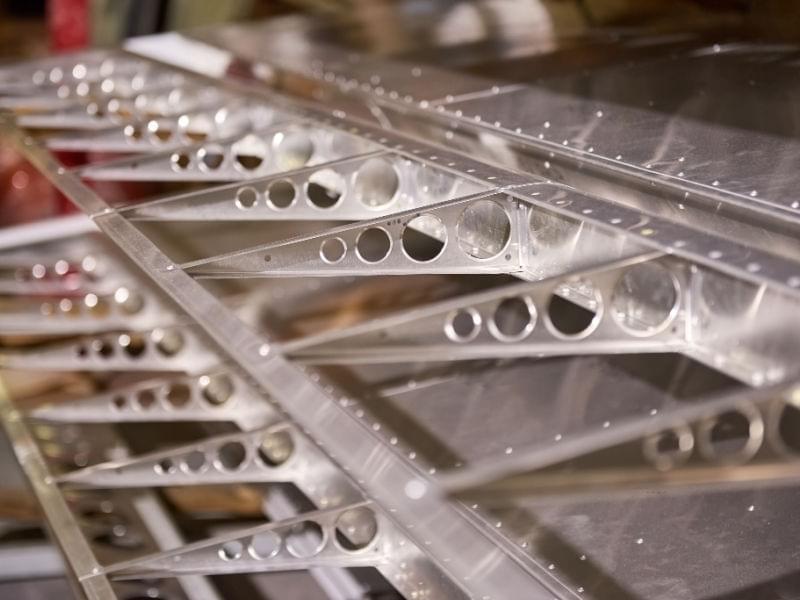ISO 9001 to AS9100 Gap Analysis Guide
Download our AS9100:2016 Gap Analysis Guide to discover the major additional requirements found in AS9100 as compared to ISO 9001.

When considering an industry like aerospace, it’s important to remember how rapidly it develops with critical technological advancements, and how crucial matching growth in safety, dependability, and performance is to support expectations.
Before the development of the AS9100 standard, NASA, the FAA, and the DOD, along with each contractor and subcontractor, had different requirements and specifications for quality management and output standards. That setup ultimately lead to confusion and inefficiency, while creating cumbersome processes for the aerospace industry’s supply base.
In 1997, in order to better organize and streamline the aerospace industry’s quality standards, a group of aerospace prime contractors formed an association, the Society of Automotive Engineers (SAE) in North and South America, that would develop the first AS standard, AS9000, which based its foundation on the ISO 9001 standard.
In 1999, SAE and what is now the AeroSpace and Defense Industries Association of Europe (ASD-Europe), along with additional standards organizations in Asia, would collaborate to combine the requirements of SAE’s AS9000 and Europe’s prEN9000-1 to create the AS9100 series of quality management standards.
This new AS9100 standard, improved efficiencies, reduced redundancies, and saved suppliers in the aerospace industry time and money, overall.
In 1999, the first AS9100 standard was rolled out and included this descriptive subtitle: Aerospace Model for Quality Assurance in Design, Development, Production, Installation, and Servicing. Using ISO 9001:1994 as its foundation, the original AS9100 standard then added 55 unique requirements that were specific to the aerospace industry.
In 2001, ISO 9001 was revised, creating ISO 9001:2000 and the SAE and ASD-Europe worked closely with the ISO committee to revise and publish AS91000A to include the changes.
In 2004, they made a minor revision to the AS9100 standard, including a subtitle change: Quality Management System – Aerospace Requirements. This led to the publishing of AS9100B.
In 2009, issues surrounding delivery and non-conforming products were addressed, along with almost 100 additional requirements specific to aerospace, in AS9100C. The subtitle changed again: Quality Management Systems – Requirements for Aviation, Space and Defense Organizations. Evidence-based auditing was also introduced by creating the AS9101 auditing standard, which replaced a compliance checklist with requirements for the audited organization to provide evidence of their processes effectiveness.
Most recently, in 2016, AS9100 D (the present standard) was published to include the newest ISO 9001:2015 revision structure. Company performance, external processes, and stakeholder satisfaction have a greater presence in the ISO 9001 standard’s recent revision, and the aerospace community wanted to include that, as well as additional requirements for product safety, counterfeit parts, data management, risks, and human factors.
AS9100 incorporates a wide range of requirements and specifications, with a focus on aerospace-specific provisions and updates. You need a partner you can rely on to help you navigate the standard's intricacies. If you’d like to learn more about AS9100 D, download our AS9100 Gap Analysis Guide to discover how AS9100 D differs from ISO 9001. Smithers has years of experience with AS9100 certification. Furthermore, we ensure our auditors undergo the extensive training, needed to ensure an expert-backed audit experience. Contact us today for the AS9100 help you need.